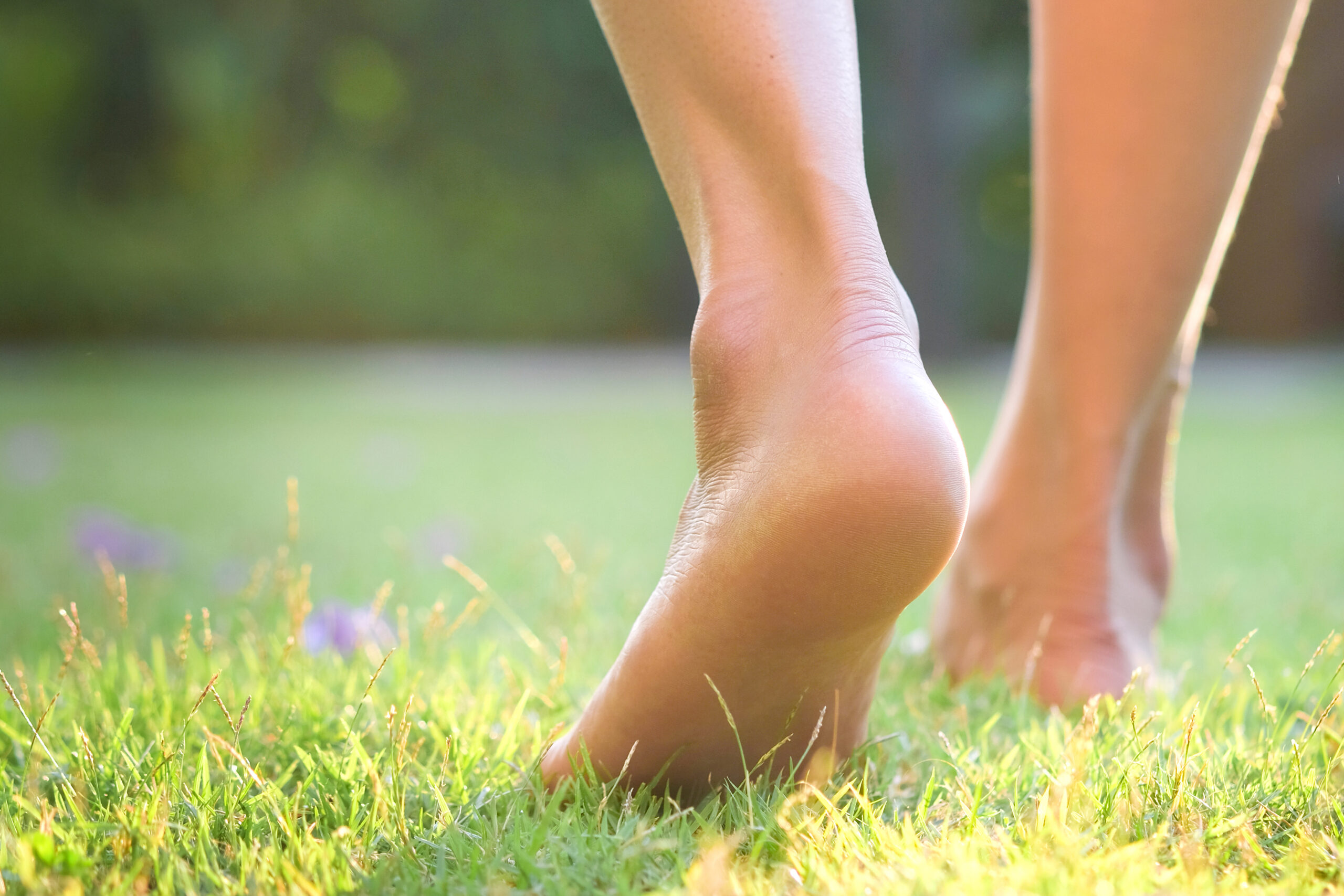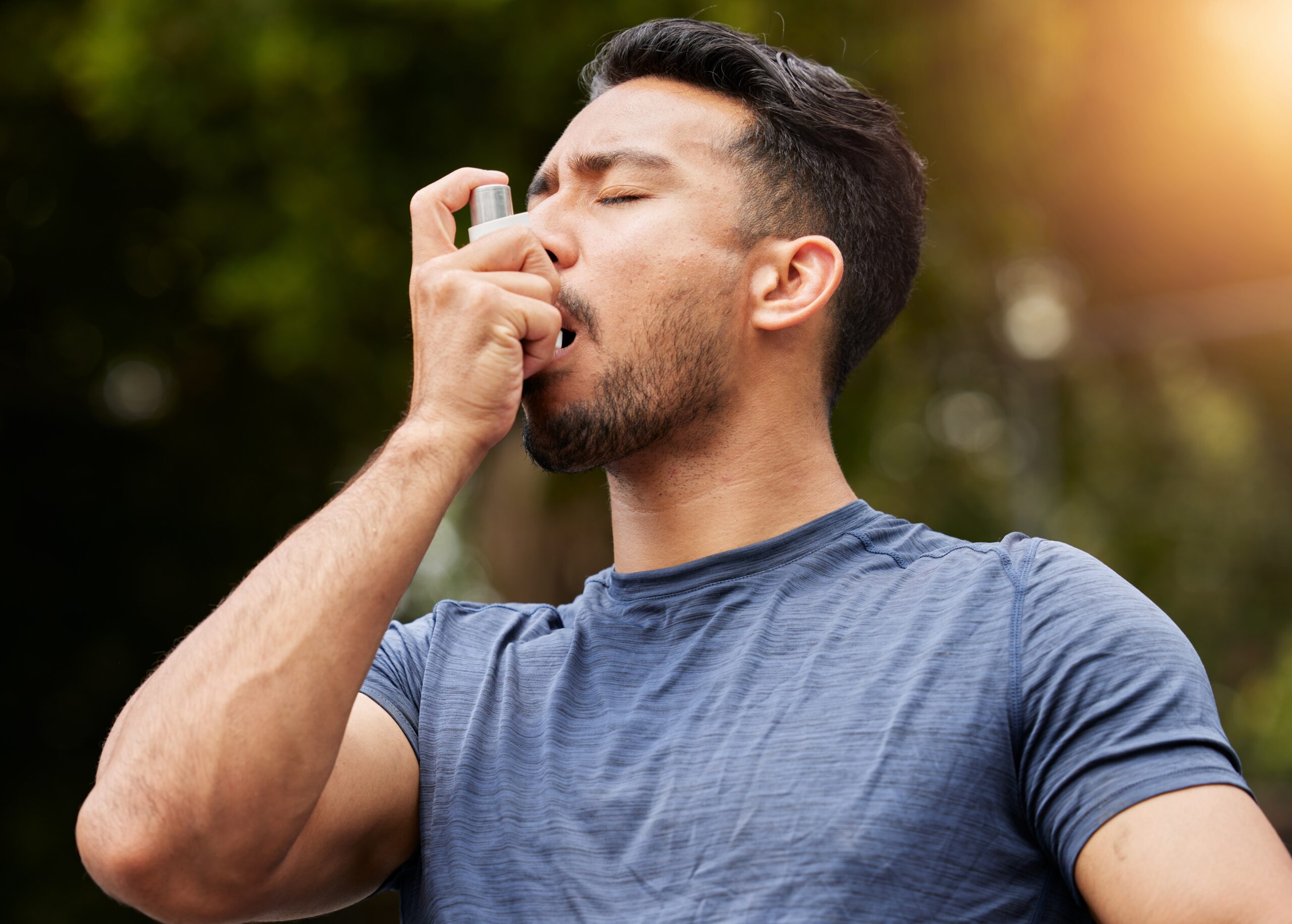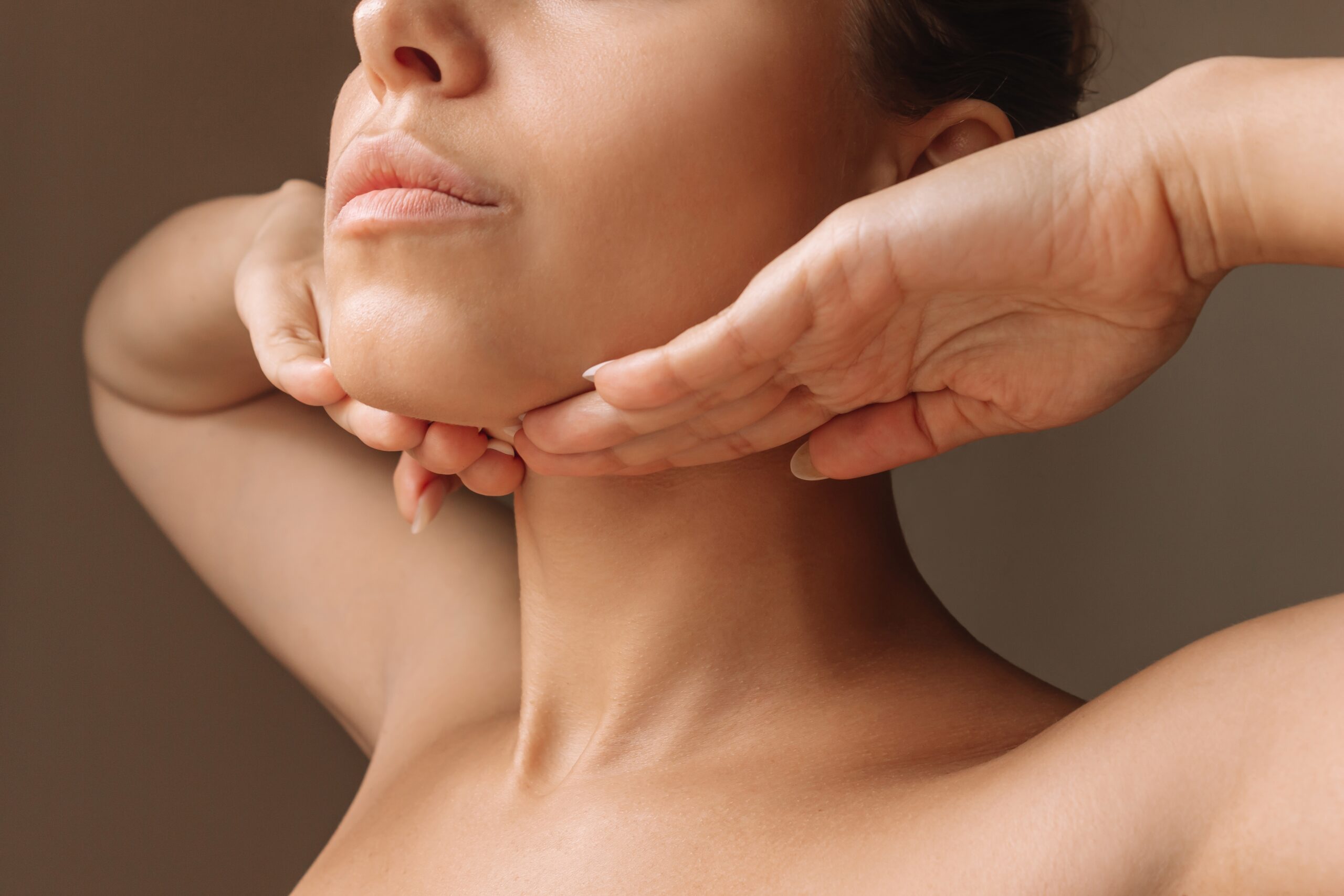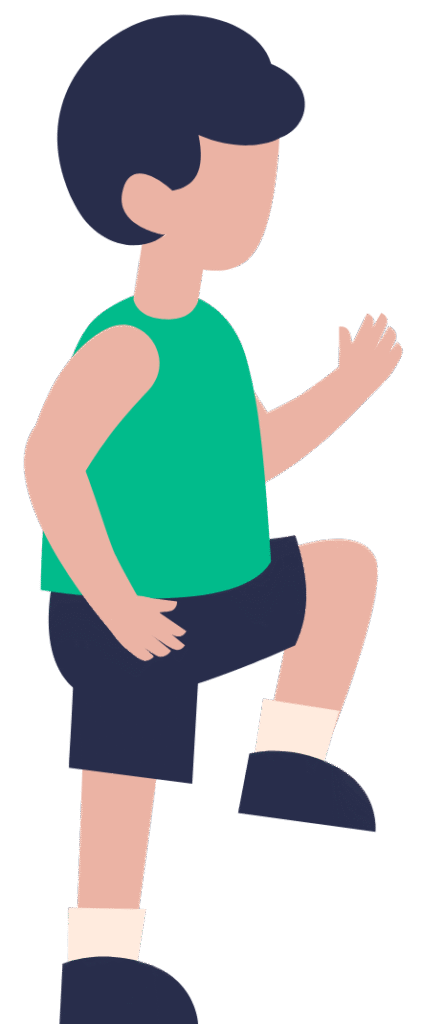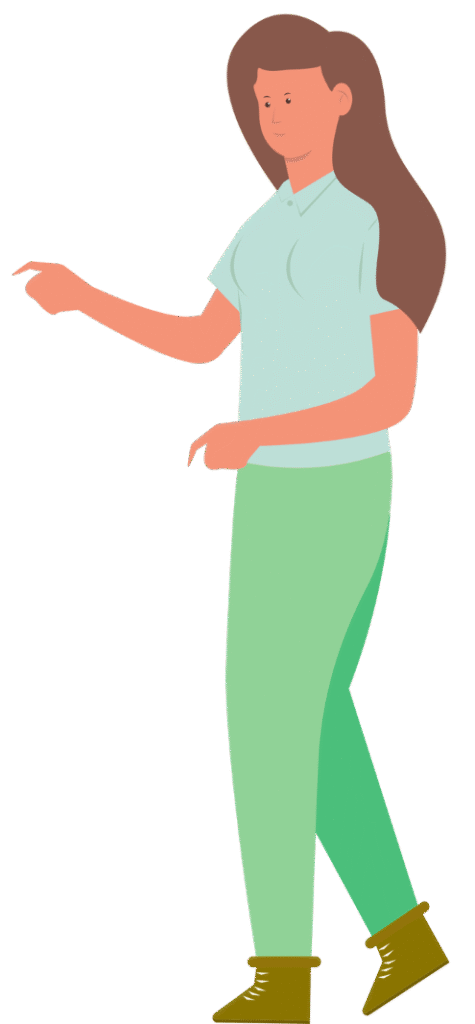Our feet, those unsung heroes of our body, might just hold the secret to aging gracefully and maintaining independence well into our golden years.
At a Glance
- Foot care is crucial for healthy aging, yet often neglected.
- Regular foot assessments can detect systemic health issues early.
- Poor foot health increases the risk of falls and mobility loss.
- Education and accessibility to foot care services are vital.
The Foundation of Healthy Aging
Foot care is increasingly recognized as a cornerstone of healthy aging. While traditionally overlooked, the foot’s role in mobility, independence, and overall health is now in the spotlight. Historical neglect of foot health is giving way to new research that connects foot care with systemic diseases such as diabetes and arthritis. With the aging population growing, the focus on foot health is more critical than ever.
The average person walks about 100,000 miles in their lifetime, which highlights the incredible stress placed on our feet. As we age, maintaining foot health becomes challenging due to reduced mobility and flexibility. Yet, it’s essential for preventing falls, maintaining independence, and avoiding secondary complications like knee and back pain.
Millions of people have flat feet.
Most have no idea it’s quietly ruining their knees, hips and lower back.
But “just buy arch supports “ is terrible advice for most people.
A thread on what flat feet really do to your body—and how to fix it: 🧵 pic.twitter.com/iR17cjZBYI
— Bend (@thebendapp) May 29, 2025
The Role of Stakeholders
Older adults, healthcare providers, and caregivers are key players in promoting foot health. Older individuals strive to maintain independence, while healthcare providers diagnose and educate. Professional organizations advocate for awareness, offering guidelines and services. Family caregivers play a crucial role in supporting daily routines, influencing adherence to foot care practices.
Decision-makers, including public health officials and family members, have the power to drive improvements in foot care. Advocacy groups and experts shape best practices and public awareness, ensuring foot health receives the attention it deserves.
Watch: Foot Health equals FULL BODY Health – YouTube
Current Developments in Foot Care
Healthcare professionals increasingly acknowledge the need to integrate foot health into geriatric care. Recent research emphasizes the importance of self-care education for older adults, especially for those without chronic foot-affecting diseases. Organizations like the American Podiatric Medical Association stress that foot care is a core component of healthy aging.
Despite the growing awareness, foot care remains under-prioritized. Older adults face barriers such as physical limitations, lack of knowledge, and insufficient access to professional services. Public health campaigns and community services are expanding to address these challenges, with toenail-cutting clinics and community-based interventions making foot care more accessible.
Impacts and Future Directions
Effective foot care can lead to reduced pain, fewer falls, and greater mobility, improving the quality of life for older adults. It also reduces healthcare costs by preventing complications like infections and ulcers. In the long term, sustained foot health supports independent living, enhances social participation, and reduces isolation.
The footwear and medical device industry is responding with products tailored to older adults, such as supportive shoes and at-home care tools. Community health services continue to expand, integrating foot care into broader healthy aging initiatives and highlighting its importance in public health policy.


